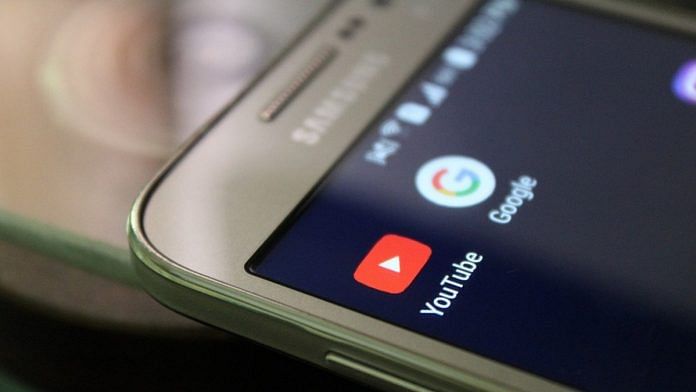Thank you dear subscribers, we are overwhelmed with your response.
Few days back while having a cup tea with my friends I came across an interesting dispute –A social media account which was used by a group of people suddenly had a title deed
dispute . This made me think, as the influence of social media is growing so is the legal
complexities surrounding it. With this a story of the rights of social media users and the
protection provided to them under Indian cyber law came to my mind.
In this vast virtual world, users possessed a precious right—the freedom of expression. They had the liberty to voice their opinions and thoughts on social media platforms, but there were limits. Section 66A of the Information Technology Act, 2000, ensured that the
transmission of offensive or menacing messages causing annoyance, inconvenience, or
threats was prohibited. With privacy being a fundamental concern, social media users had the right to control their own settings, deciding who could access their content. Companies were required to implement reasonable security practices under Section 43A of the IT Act, ensuring compensation for any failure to protect user data. Additionally, users could rest easy knowing that Section 72 of the IT Act existed to safeguard the privacy of their electronic communications and prevent unauthorized access to their personal information.
As creators, users held intellectual property rights over the content they posted on social
media. Section 63 of the Copyright Act, 1957, offered protection against unauthorized
copying, reproduction, adaptation, or distribution of their copyrighted works. Any
infringement could be pursued with the help of this legal provision.
The right to redress was another crucial aspect. Users had the power to report any
violations of their rights directly to the concerned social media platform. Section 43 of the IT Act levied penalties for unauthorized access, and Section 57 empowered the controller of a computer resource to retain or publish any information in the interest of justice.
But what if a user wished to delete their account or have their personal information
removed? Section 43 and Rule 4 of the IT Rules enabled users to seek damages for loss or
gain resulting from the negligent handling of their data. Moreover, under specific
circumstances, users in India even had the right to erasure according to the General Data
Protection Regulation (GDPR).
Yet, ownership conflicts had the potential to cast a shadow over the social media realm.
Disputes could arise between business partners or employees regarding the ownership of
social media accounts associated with a business. In such cases, contractual agreements and documentation held significant importance.
Impersonation was another thorny issue that led to conflicts over rightful ownership.
Unauthorized users creating accounts impersonating others could find themselves facing
penalties for identity theft under Section 66C of the IT Act. And then there were account hacking incidents, which thrust ownership conflicts into the forefront. If an account was hacked and hijacked by an unauthorized user, Section 66C (identity theft) and Section 66D (cheating by personation) of the IT Act provided legal recourse to address these cybercrimes. To resolve ownership conflicts, social media platforms had established procedures to intervene and handle disputes, often requiring identity verification. Whether through platform intervention or legal notices, users could reach out to the support teams of these platforms and ensure their cases were adequately addressed.
In particularly serious or unresolved cases, filing a complaint at the nearest cybercrime cell
became necessary. Alongside the complaint, users could provide electronic evidence as per
Section 65B of the Indian Evidence Act, which deemed electronic records admissible in
court.
But it wasn’t all about fighting battles after conflicts arose. Users could take preventive
measures to safeguard their social media accounts from ownership disputes and other
security threats. Strong passwords, two-factor authentication, regular updates to recovery
information, and the responsible handling of personal information were some of the
proactive steps users could take to protect themselves.
In conclusion, as social media continued to shape the digital landscape, it was vital for users to be aware of their rights and the protections offered to them under Indian cyber law. By understanding and adhering to these legal provisions, staying informed, and exercising vigilance online, users could minimize risks, protect their rights, and ensure a positive and secure social media experience in India. It was a tale of awareness, responsibility, and proactive security measures, guiding users towards a brighter digital future.
These pieces are being published as they have been received – they have not been edited/fact-checked by ThePrint.

